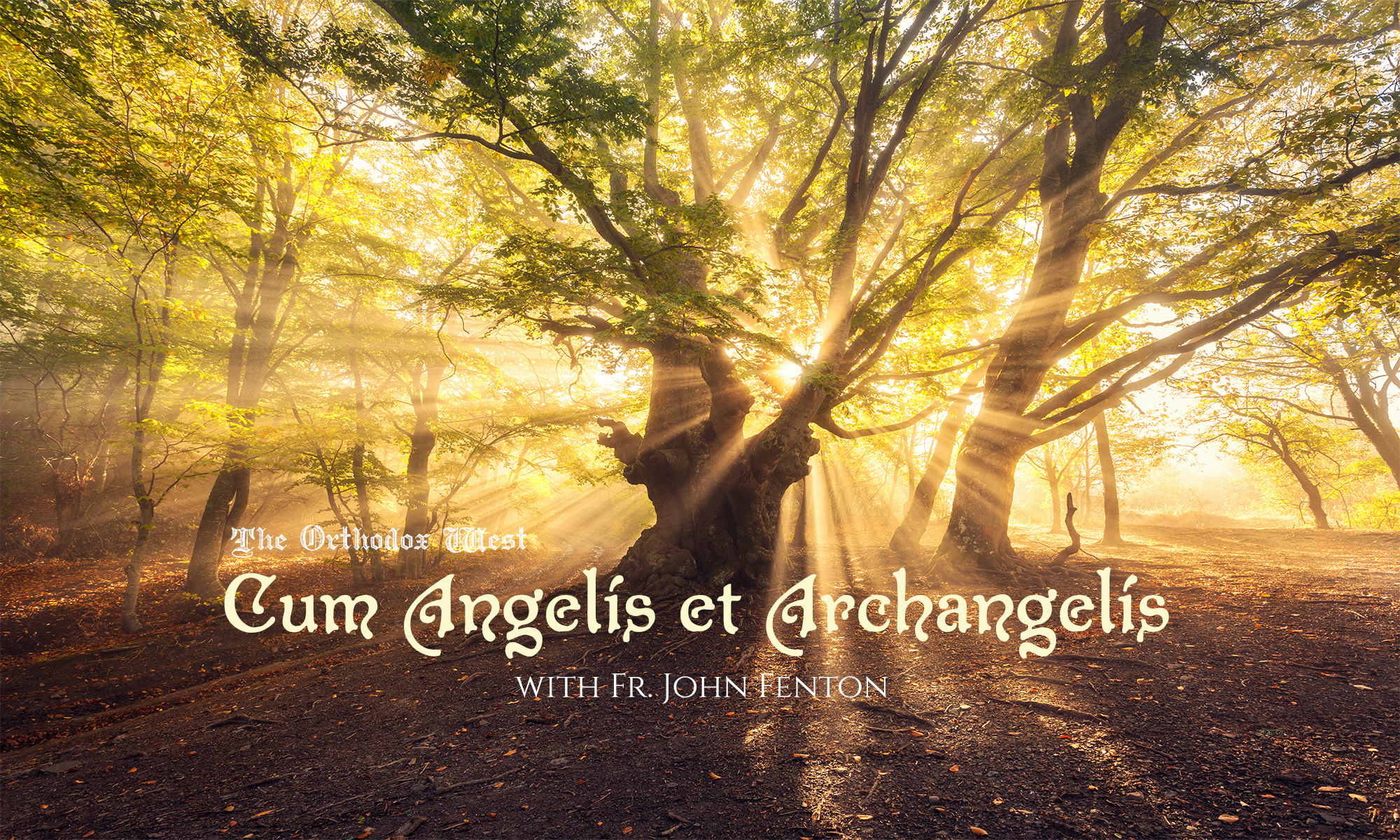It seems common to mistake the Vigil of the Nativity with the first or earliest liturgy for Christmas. In fact, the Vigil does not belong to the Christmas cycle. It is, instead, the last Advent service before Christmas begins.
Perhaps the identification of the Vigil of Christmas with Christmas is due to the notion that Christmas borrows from the Paschal or Eastern pattern of services. It is well known that the Advent fast is an “imitation” of the Lenten fast. A similar fast is kept, together with some (but not all) of the liturgical features: the use of purple, the omission of the Gloria in excelsis, weekday (ferial) Masses particular to the season (e.g., Ember days and the Rorate Mass), and the omission of Alleluia on weekdays (but not on Sundays in Advent). Hence, it might be assumed that the “Vigil of Christmas” is very much like the “Vigil of Easter.”
At least two errors occur, however, in this conflation. The first error is the thought that the Vigil of Easter is, in fact, the beginning of Easter. It is not. Easter begins with the “Resurrection” (Resurrexi) Mass, which is celebrated on Sunday morning to commemorate the women finding the open tomb “toward the dawn” (Mt 28.1) or “at early dawn” (Lk 24.1) or “when the sun had risen” (Mk 16.2) or “early, while it was still dark” (Jn 20.1). (This Western Mass corresponds identically, if not in actual hour, to the Eastern Paschal Divine Liturgy which follows Orthros, or morning prayer, and so occurs after the new day has begun.) The Vigil that is kept, then, is kept during the day on Saturday, commemorating Christ’s sabbath rest in the tomb, as the Church awaits the early morning Mass.
The second error, most likely rooted in the first, is that the word “vigil” relates to the initial stages of a feast. Rather, “vigil” refers to an anticipatory service as the Church draws near, approaches, or “prevents” (i.e., precedes) the coming feast. This anticipation in prayer, Scripture, and song (hymns or psalms) is often accompanied by candles since, like little children awaiting Christmas day, we are too eager to sleep and very desirous to stay awake. These vigils are not confined to Easter or Christmas. They are also kept for major feasts: the Vigil of Epiphany on January 5, the Vigil of the Assumption on August 14, the Vigil of All Saints (All Hallows’ Eve) on October 31, the Vigils of Ascension and Pentecost, the former kept on the Wednesday and the latter on the Saturday, before the major feast. The same is true of each of the Apostles’ days, whose vigils are kept the day before the Apostles are actually commemorated. (As a side note, each of these vigils were originally fasting days.)
Aligned with this definition and corresponding examples from the liturgical year, the Vigil of the Nativity, then, refers to the liturgical services (including a Mass) which occur in anticipation of Christmas, on the morning of December 24, prior to the actual beginning of the Nativity Feast at First Vespers on the evening (sunset, ideally) of that same day. Focusing on the Vigil Mass alone, the liturgical books clearly state that this Mass is celebrated in purple, omitting the Gloria in excelsis, the Alleluia (unless it falls on a Sunday), and even the Creed (unless, again, December 24 lands on a Sunday, as it will in 2023).
On the contrary, the first Mass of Christmas (if you pardon the redundancy) is set to begin no earlier than midnight. Why at that time? Because, according to the Church’s tradition, Christ was born at midnight. Therefore, as the first Easter Mass corresponds with “early dawn” or “early, while still dark” when the empty tomb was discovered, in the same way the Christ Mass on December 25 corresponds with the time of Christ’s birth—his miraculous departure from the womb in a very similar way that He departed from the sealed tomb and, later that day, entered a locked room.
It is not in the Church’s mind, then, to anticipate the Lord’s birth with an earlier Christmas liturgy, any more than it is in her mind to anticipate Easter on Holy Saturday morning or afternoon. For, even though it seems that the Easter Vigil (like the Pentecost Vigil) has texts, notes, and unsubtle hints that indicate that the resurrection has occurred, what is actually occurring, liturgically, is an over-eagerness that will reach full culmination and joy on the actual day itself; i.e., on Easter Sunday. Similarly, the Vigil of the Nativity begins with the phrase, “This day ye shall know (Hodie scietis)” in anticipation of the great celebration in less than twenty-four hours when St Paul declares: “The grace of God our Savior hath appeared to all men.”

with Fr. John Fenton